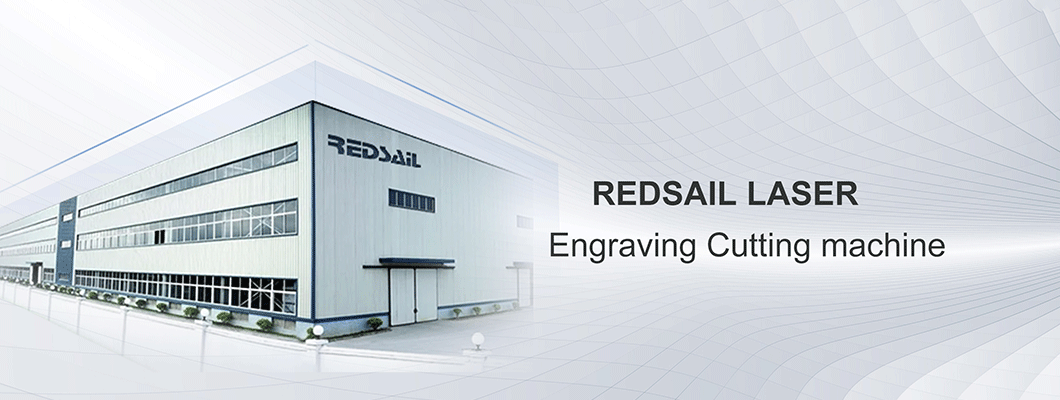
In the laser cutting machine industry, the operator's awareness of the laser cutting machine is weak, ignoring the injuries of the operator and the debugging personnel. The following is a brief introduction:
International Classification of Lasers
This classification is an international standard classification, which is recognized by the scientific community all over the world and is consistent. This facilitates the unification of safety levels of laser equipment and national trade. The classification is divided into: first-level, second-level, third-level, and fourth-level, with a total of 4 levels. The higher the classification level, the greater the risk. Laser grade regulations must be marked on the laser system with Roman numerals. All regular laser products generally have a classification label. In addition to graphic and text warnings, the label also contains the following information: wavelength, total output power, and laser classification.
(1) Class I <Class I> lasers are low-energy laser equipment, which is very safe and can avoid all electrostatic hazards and has no biological hazards. The following are several application areas of CLASSI laser: laser printers, CD players, CDROM equipment, geological survey equipment and experimental analysis equipment. CLASSI laser will not cause damage to human body or skin under any conditions. No other auxiliary safety equipment is required when using CLASSI laser equipment.
(2) Class II <CLASSII> lasers are also low-energy lasers (power <1 mW), but the lasers will damage human eyes. Some examples of applications of Class II lasers: laser pointers, aiming devices and some distance measuring devices. Avoid looking directly at the CLASSII laser and do not aim the CLASSII laser in anyone's eyes. Also, viewing the CLASSII laser with a telescope should be avoided. In fact, if a CLASSII laser enters your eye, you should immediately turn your head to one side or close your eyes immediately to prevent laser damage.
⑶ Class III A laser <CLASSIIIA> is a strong laser, is a continuous laser wave, and belongs to a medium-energy emitting device, and the scattering of light is harmful to the human body. For products equipped with Class IIIa lasers, the harmful distance in open areas is 1000m (3300ft). Different countries have different regulations on the use of laser products. At present, many foreign countries do not allow third-class laser products to be used in cities, and diffuse scattering blocking materials are used to block the laser beam from passing through the restricted area (harmful distance*), and The laser beam must be stopped when there is activity.
⑷ Class III B laser <CLASSIIIB> laser belongs to medium power laser. Not only is it forbidden to look directly, but the scattered laser light will also cause damage to the human body. Whenever operating in the laser control area, it is necessary to wear isolation clothing and special protective goggles. Use in areas with human activity is prohibited.
Class IV <ClassIV> lasers are high power lasers. Below are examples of the use of Class IV lasers for cutting, welding and fiber machining. Class IV lasers are very dangerous and can cause fires.
The harm of laser cutting machine to human body
eye
Generally new to laser cutting machines, they like to stare at the cutting head. If you look at the sparks generated by cutting for a long time, it will hurt your eyes and feel tingling. During the processing of the laser cutting machine, the characteristics of the laser emitted can make the energy highly concentrated in space and time. The refractive medium of the eye is focused on the retina to form an image, and the energy density on the retina is increased by 104 to 105 compared with the incident energy density on the cornea; the laser has good monochromaticity and small chromatic aberration in the fundus. Resulting in very low laser energy exposure can cause damage to the cornea or retina.
skin
When the laser irradiates the skin, if its energy (power) is too large, it can cause skin damage. Of course, the damage can be repaired by the tissue. Although the function is reduced, it does not affect the overall functional structure. If it is irradiated for a long time, it may cause burns and scars. , although the damage to the eyes is much less severe, it must also be taken seriously.
respiratory tract
The high temperature generated by the laser cooperates with the gas to complete various processing, and at the same time, a large amount of dust is generated, especially when processing some special metal materials, the generated smoke contains a large amount of chemical components, and the dust will be suspended in the air. Harmful to human body.
Measures to avoid injury of fiber laser cutting machine
⑴ Necessary laser cutting machine protective equipment, wear protective glasses to prevent laser damage to human eyes. Others in the work area should not look directly at the laser while cutting.
(2) Operators should pay attention to eating more foods rich in vitamin AC and protein, such as carrots, bean sprouts, tomatoes, lean meat, animal livers, etc., as appropriate, and often drink green tea, etc. The human body can better protect the human body under the condition of laser cutting machine radiation.
(3) There must be a matching dust removal device, try to operate in an environment with unobstructed air, and wear masks as much as possible.
⑷ When arranging the cutting site, paint the site and walls of the working environment with dark colors to reduce radiation.
⑸ Do not touch the finished parts immediately to avoid burns from residual heat.

Leave a Comment